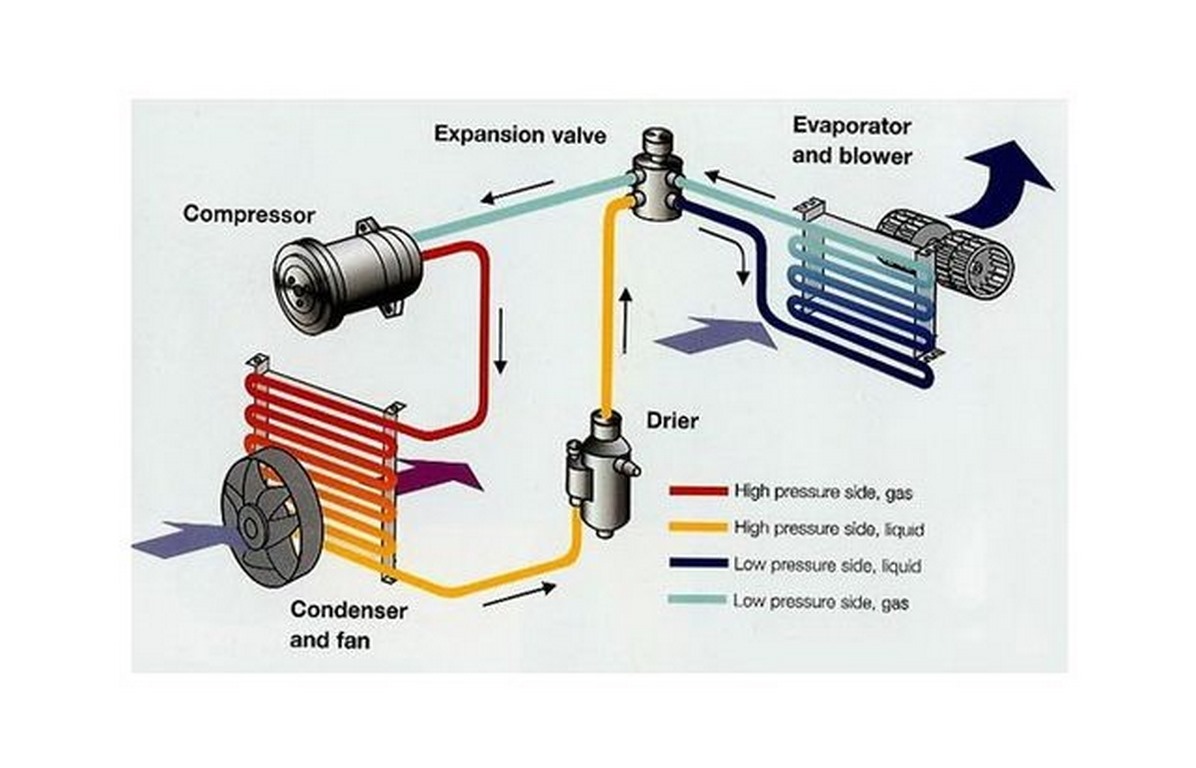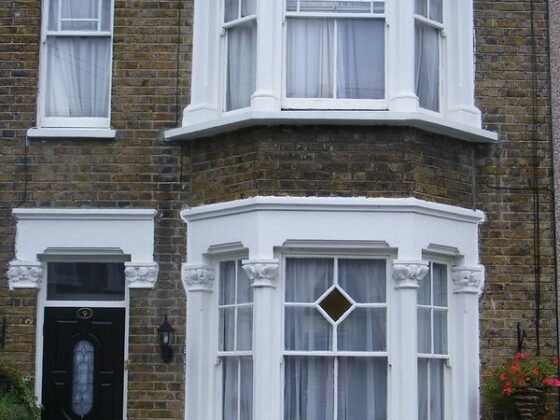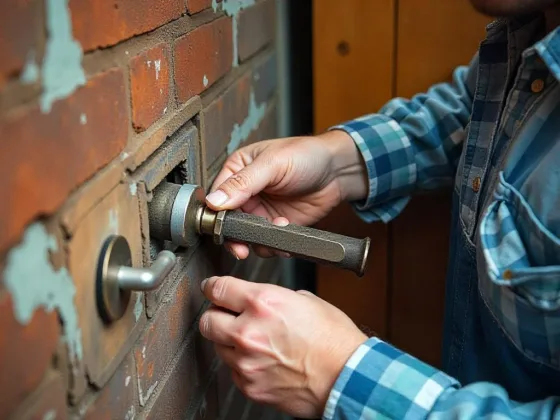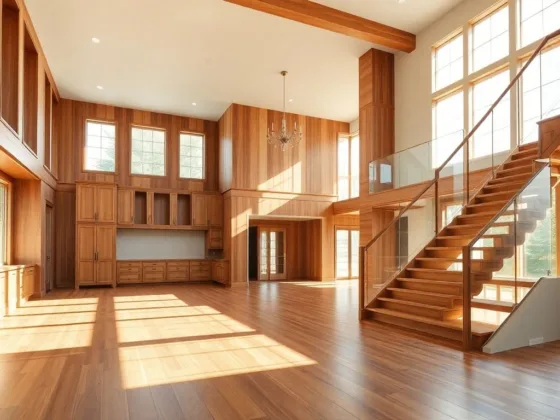Table of Contents Show
Summers are here in Australia and things can get hot over here, so hot that you need to have a nice air conditioning system to get you through the summers.
Now, because traditional ducted or ductless air conditioners cost a lot and also consume a lot of electricity, people often choose to go for an alternative that doesn’t cost a lot and also consumes less electricity.
This is the reason why they go for evaporative coolers, also known as swamp coolers. An evaporative cooler is a great cooling option for someone who lives in dry areas and cannot afford the high amount of expenses that an air conditioning system brings with it.
However, in comparison to other commonly used air conditioning systems, including ducted and ductless or split air conditioning systems, the cooling is much more effective and the range of cooling is much higher than a normal evaporative cooler.
To compare Refrigerated Cooling systems with Evaporating cooling, we’ll have to understand how both of these systems work.
How do Evaporative Cooling Systems Work?
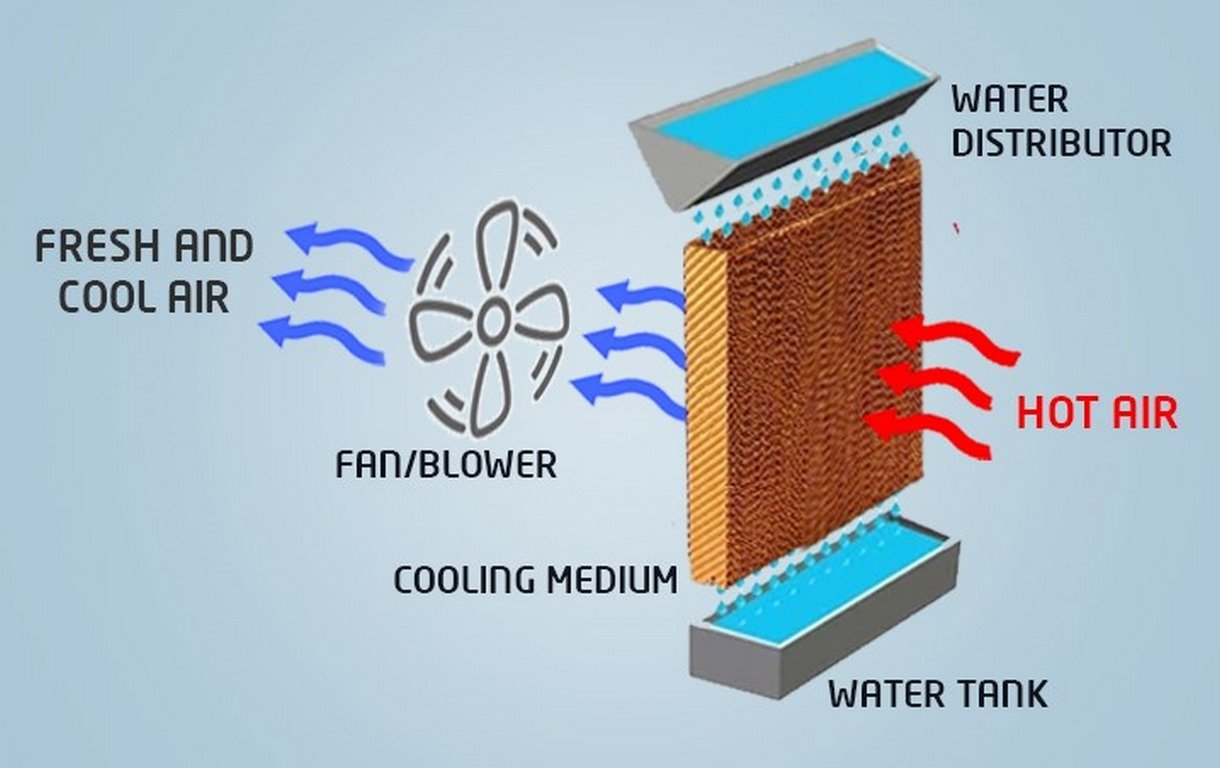
An evaporative or swamp cooler consists of 4 major components, the water tank, a pump that pumps water from it and circulates it to the cooling pads, and the ventilator fan that blows cold air out.
Evaporative coolers depend on the very common property of water, that it absorbs heat and evaporates, creating a cooling effect as the water removes the heat from the incoming hot air coming through the wet cooling pads.
By hot air, we are referring to the surrounding air that you want to cool, which gets circulated to the cooling wet pads via a motor. Evaporative coolers can cool the room temperature down by 10-15°C, which is great for a cooling machine that used less than half of the electricity that an air conditioner would use.
If you live in a hot and dry environment, then you should go for an Evaporative cooler as they are tailor-made for such environments.
Read Also:
How Refrigerated Cooling Systems Work?
Refrigerated cooling systems are used in ducted and ductless air conditioning systems and are much more powerful and power-hungry compared to an evaporative cooling system.
The main coolant in an evaporative cooling system is water, while in a refrigerated cooling system, a refrigerant act as the major coolant that keeps changing its state throughout the cooling process.
The reason why a refrigerated cooling system requires more power compared to an evaporative cooler is that refrigerated cooling systems contain multiple moving parts.
The surrounding air gets sucked in by the blower fan which sends it over to the evaporation coil for refrigeration.
The refrigerant absorbs heat, changes its state, and cools the surrounding air in the process. After that, the refrigerant is cooled down and brought back to its original state and the hot air is blown outdoors via the outer unit.
Air conditioners are much more effective in cooling as they can cool your room down by over 15-21°C.
Cons of an Evaporative Cooling System
Even though an evaporative cooling system saves a lot of power and costs less, there are multiple cons and limitations that you need to consider if you are planning to buy an evaporative cooler.
Evaporative Coolers Don’t Work in Areas with High Humidity
High humidity is the kryptonite for an evaporative cooling system. These systems only work in dry environments, which is the reason why it is also known as the desert cooler.
Evaporative coolers often suffer from thermal discomfort if you use them in areas with high humidity.
In such areas, evaporative coolers also cannot do much in terms of cooling, which is the reason why evaporative coolers are just not for humid environments.
Risk Of Mould and Mildew
It’s always recommended to use drinking water in your water tank rather than unfiltered tap water or hard water.
Also, it is recommended to replace the water in your evaporative cooler every other day. The reason why evaporative cooler companies recommend this is because of the risk of mold and mildew growth in unclean water tanks.
Mould and Mildew can corrode electronic components, reducing the lifespan of electronics, and can also damage wood and paper materials.
Cons of a Refrigerated Cooling System
Air Pollution
A refrigerated cooling system takes in air from the surrounding, removes heat from it, blows cool air indoors, and blows out heat via the outer unit’s fan. This causes excessive hot air to go out in the environment, promoting global warming.
Noise Pollution
A refrigerated system might be quiet and cool indoors, but the outdoor unit that houses the compressor and condenser makes a lot of noise, disturbing people outside.
It’s Expensive
Refrigerated cooling systems are a lot more expensive than evaporative systems and they are also comparatively much more expensive to operate because they consume more electricity and you get a higher electricity bill at the end of the month.
Difficult to Install
You can install an evaporative cooling system on your own, but you cannot install a refrigerated cooling system on your own. You need a professional to install it the right way.
Which Air Conditioning System Should You Go For?
Both of these air conditioning systems have their pros and cons, and you have to see for yourself which system suits you.
If you don’t live in a city where the temperature is not that high and the weather is dry, you can go for an evaporative cooler as it can provide the kind of cooling you require.
Also, if you cannot afford a traditional refrigerated cooling like a ducted or ductless air conditioner, you can go for an evaporative cooling system.
However, if you live in a humid and hot area, and you can afford to buy a refrigerated system, then you should go for a refrigerated system like a split air condition system or a ducted air conditioning system as this system will provide you with much better cooling compared to an evaporative cooler, on a higher price though.
Both Evaporative and Refrigerated cooling systems are readily available on Comfy Homes, so what are you waiting for? We got to end these summers on a high!

